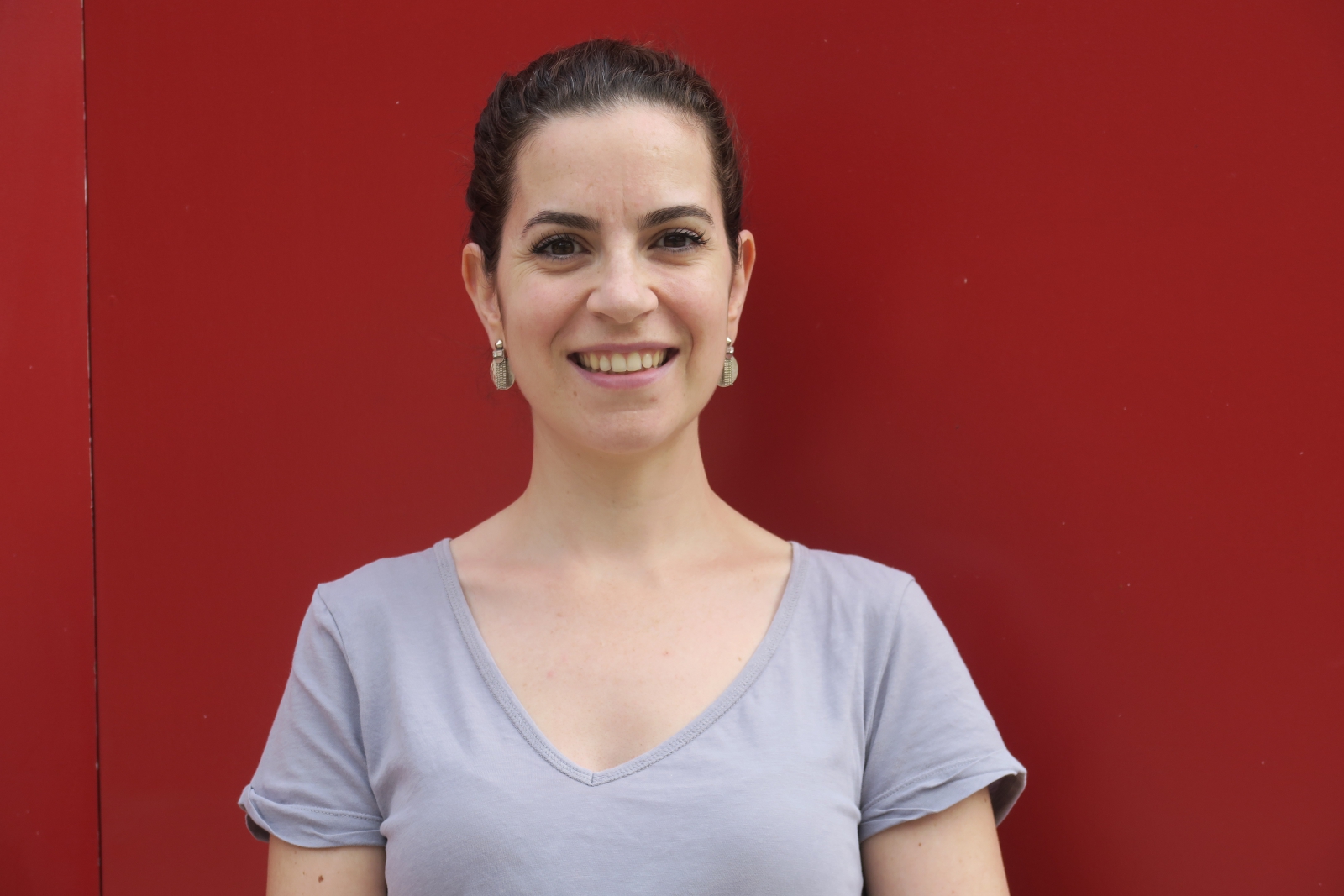Ecomusée du Val-de-Bièvre
The ecomuseum of Val-de-Bièvre is located in Fresnes (South of Paris). It is committed to transmitting and promoting suburban heritage, and to include the inhabitants in its surrounding.
The participation of the population in all phases of building the heritage and memory of their suburbs is the condition for the success of the ecomuseum.
To achieve our goals, we work with residents to develop temporary exhibitions, which are the result of research, collection of objects and of testimonies. The testimonies of the inhabitants are an essential element of our knowledge of the territory. This knowledge is the main richness of our museum.
Is included in our survey-gathering approach, combining tangible and intangible heritage, which allows to build and transmit the memory of the people of our territory. This methodology is the main theme of our research work, which is always enriched by surveys of the population or local actors.
These oral surveys are transcribed in writing and the records are deposited in the departmental archives. We use the interviews in our exhibitions by valuing them through written excerpts. The testimonies collected are in connection withthe themes developed in our exhibitions, which are related to the realities of the territory and anchored most of the time in the contemporary period.
The construction of the content of our exhibitions is long and sometimes arduous because it is depending on the identification of resources byinhabitants, and their availability to be interviewed. This temporality has to be taken into account in the elaboration of any participative project. The result is, however, particularly gratifying.
Theme currently on display: ecomuseum collection.
The participatory approach is the core of ecomuseum’s actions, constantly experimenting with new forms of appropriation of the territory and enhancement of its heritage by the population.
Inspired by the tremendous work carried out by the Écomusée du fier monde in Montreal, and as part of the France-Canada Agreement sponsored by the Ministry of Culture, we have chosen to create an ecomuseum collection of objects.
The Écomusée du fier monde and the ecomuseum of Val de Bièvre have several things in common: a similar size, an urban grounding and a willingness to work with the local population. The concept of ecomuseum collection is also a subject of mutual interest.
In recent years, both ecomuseums have become partners in the development of this concept ( the"ecomuseum collection"). Considering this notion from different angles, the two institutions share their respective experiences during meetings and exchanges that enrich a promising partnership.
The peculiarity of this collection is that it comes from the inhabitants themselves, custodians of knowledge and culture that give these collected objects a heritage dimension.
This approach has changed the classical museum codes, and is opening the doors of the museum to citizen designators of objects whose value is essentially what they represent, and what they bring to the common history.
Themes planned: gardens: exhibition planned in 2019/2020 (see below), the intangible heritage linked to gastronomy and culinary culture, exhibition planned for 2021.
Windows on gardens
Description of the project / practice / program
For our 2019/2020 exhibition, we have chosen to highlight an aspect of the suburban intangible cultural heritage that gardens are.
Detached houses’ gardens, allotments, shared gardens: all representative of a practice of gardening in towns. We focus on the relationship between city dwellers and gardening.
We wonder if it has anything to do with "a back to land tendency". We are interested, not only in their practices but also in their feelings about having a garden and the ways of sharing; in an urban environment.
To do so, we lead oral surveys and we also make a big collaborative herbarium that will keep the memory of our exchanges with the inhabitants. It will contain plants chosen by the gardeners as symbols of theirs plots.
Our idea is not only to present a scientific object but also a "bearer" of the gardener’s own knowlege.The way they name their plant, for instance, or what use they make of them is of interest for us. (Do they use them for curing, feeding, or just admiring their foliage?) We also collect garden objects,that they will have choosen such as a gnome, keeper of the vegetable garden, or a wheelbarrow left behind by the former owner and kept as an inheritance by the new one, fetish secators, all of them reflecting the emotional links beetween the interviewees and their gardens.
This work is part of our overall project that links heritage to people through their word and testimonies.
How were practitioners of intangible cultural heritage involved?
/
CV of the author

Anne-Laure Chambaz graduated in social geography, andstarted her career in a scientific mediation association. In 2005 Chambaz joined the city council of Ivry sur Seine (FR) where shewas in charge of designing/or developing a place open to all, dedicated to citizen participation and knowledge of the city.
Chambaz managed this place for 10 years before deciding to direct her career towards the museum community. Herexperience in equipment management, her knowledge of issues related to the suburban territory and her desire for citizen participation in all its forms led Chambaz to the Val-de-Bièvre Ecomuseum, which shehasbeen running since September 2017.
Practical
When
24 October 2018 from 10:21 to 10:21
Where
Subscriptions
It is no longer possible to subscribe to this bestpractice. Reports and videos will be published after the bestpractice.